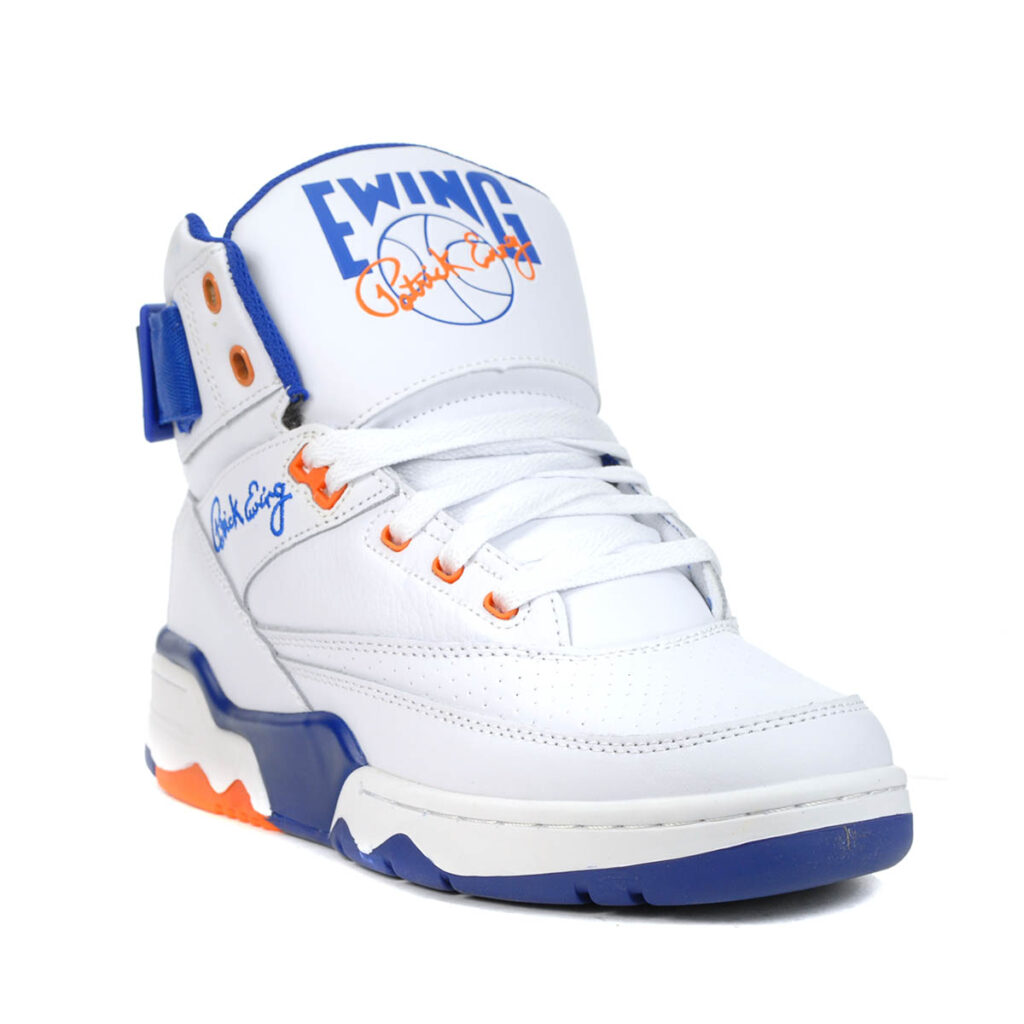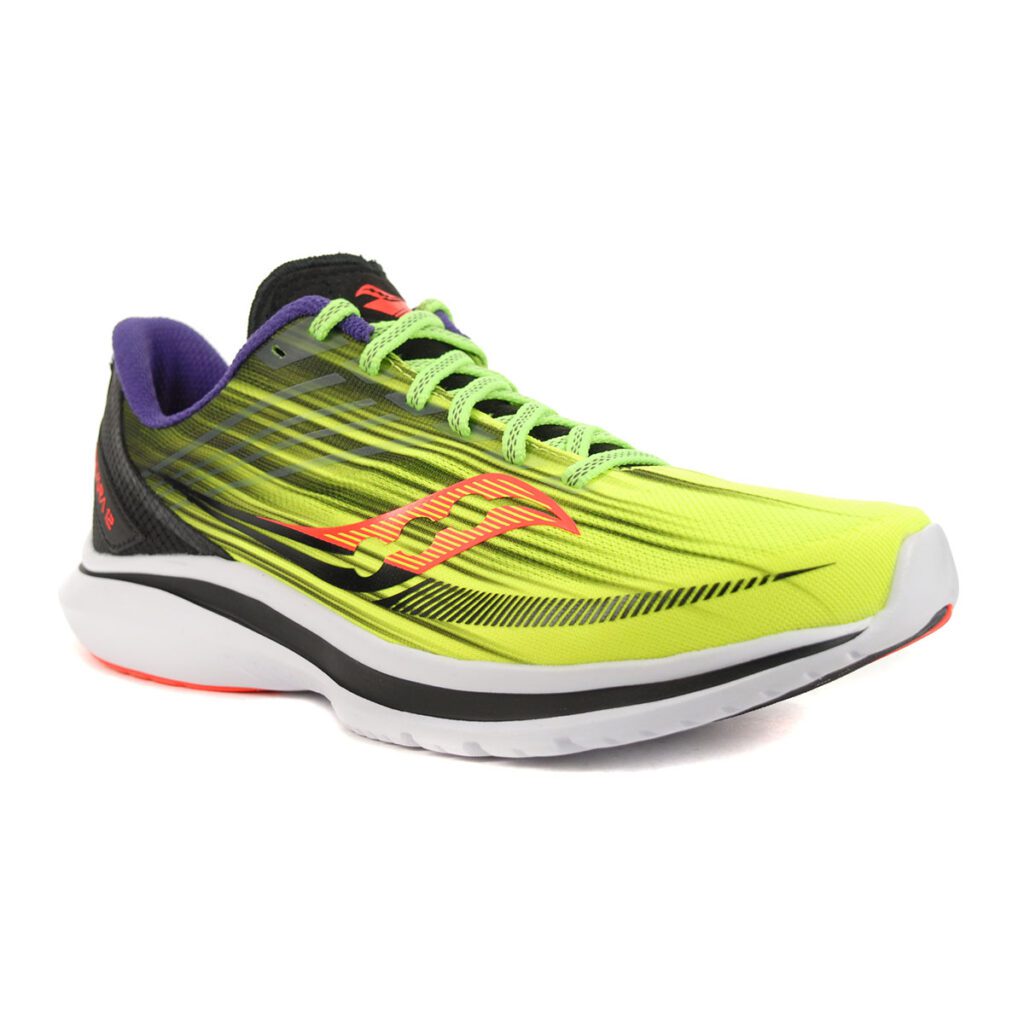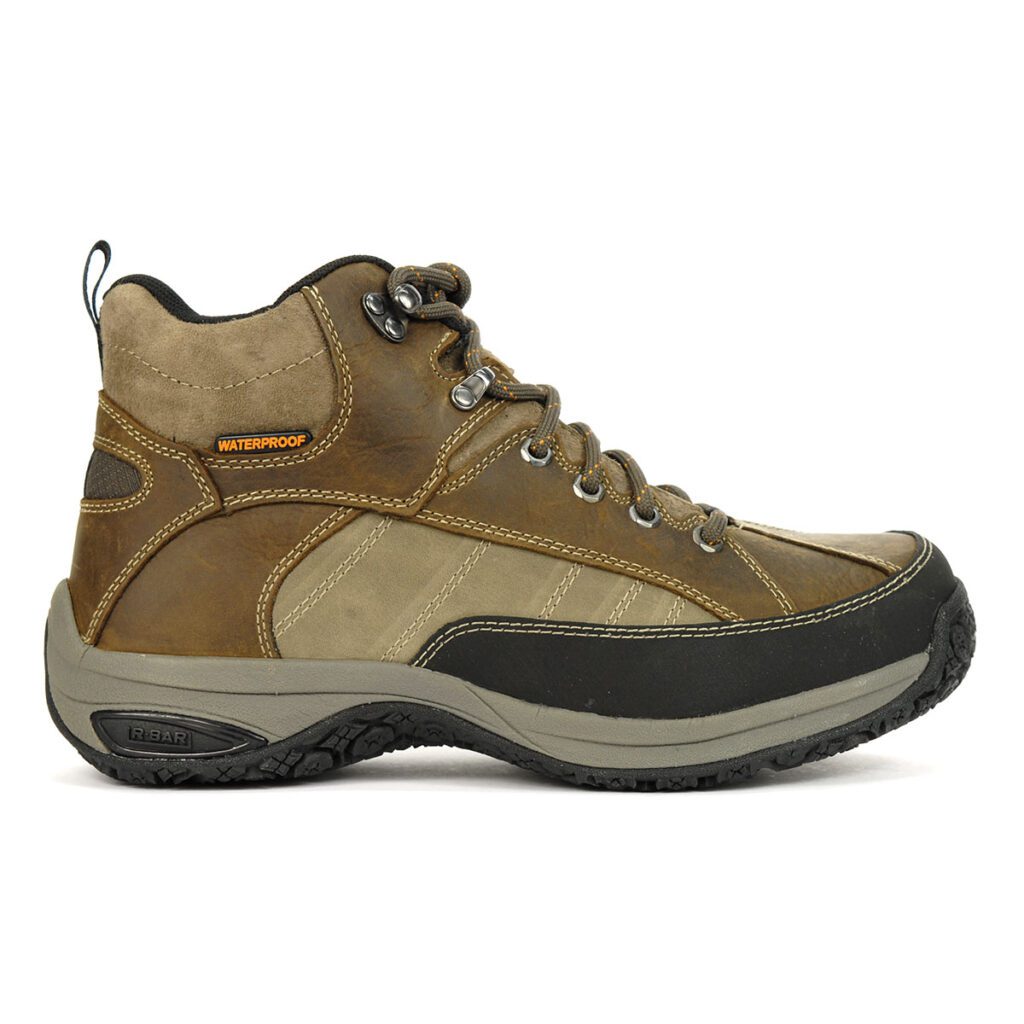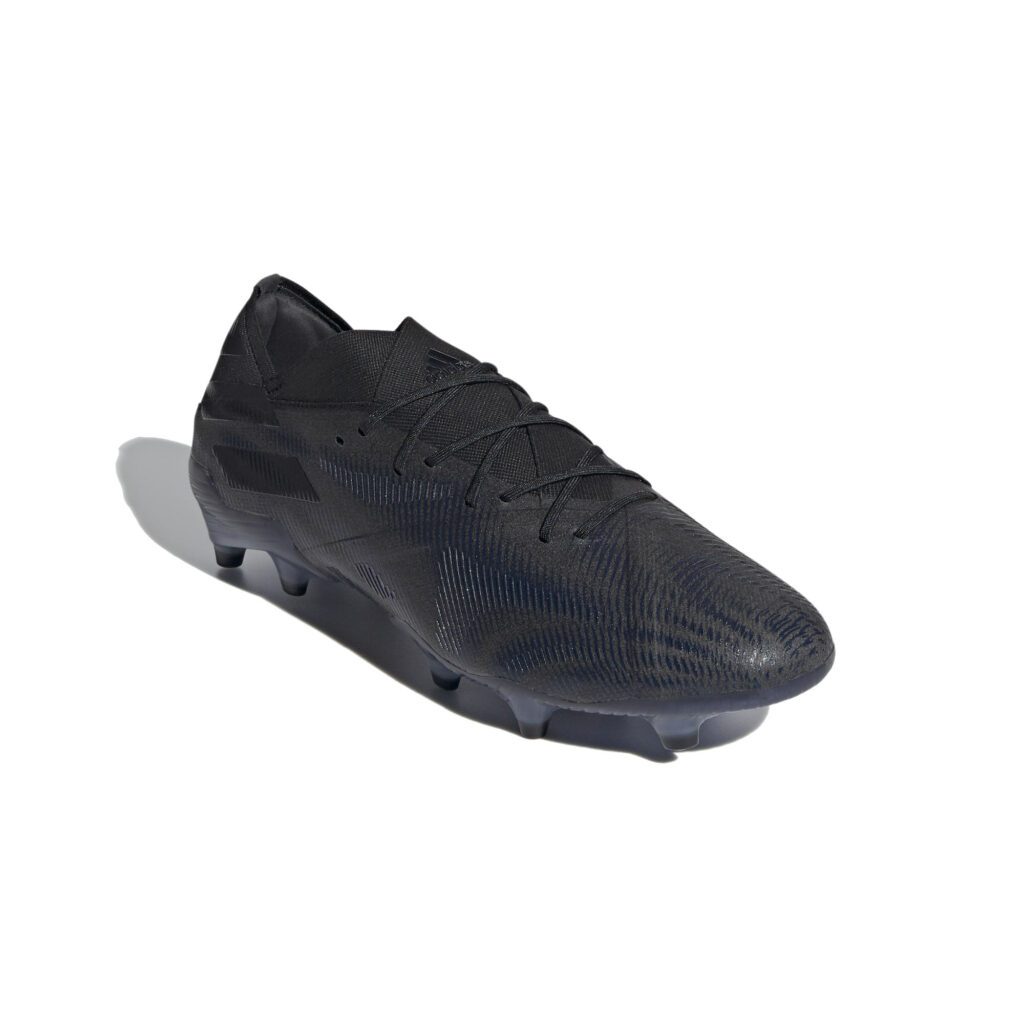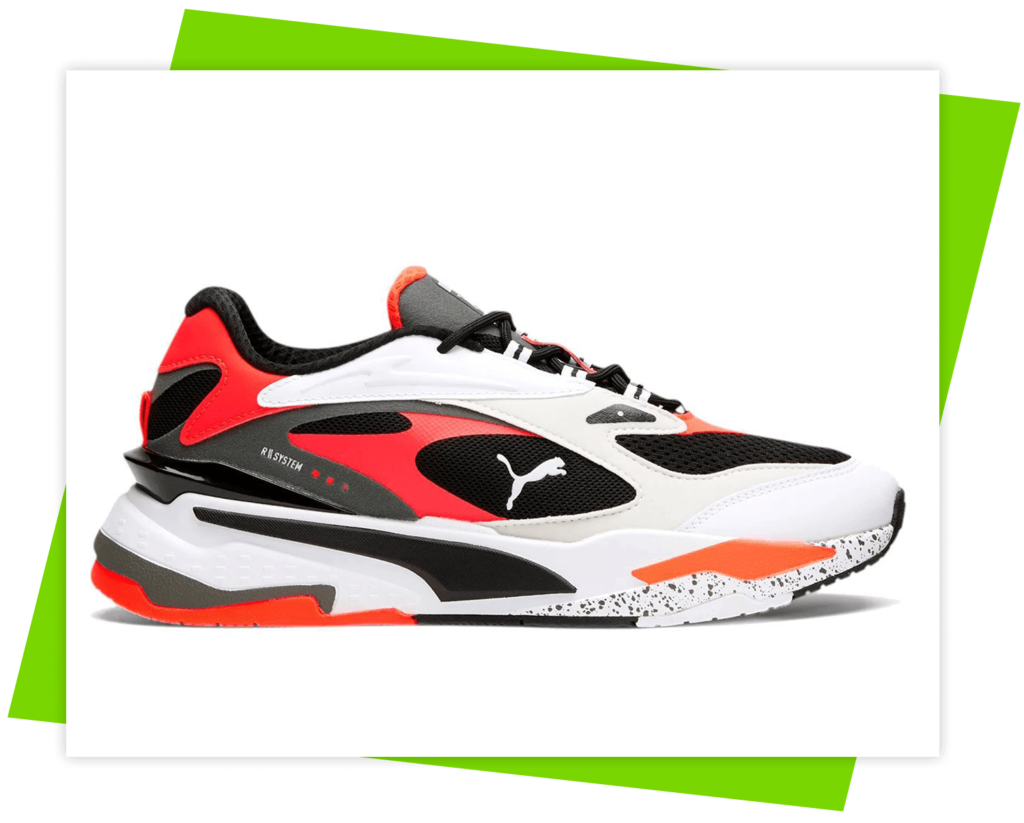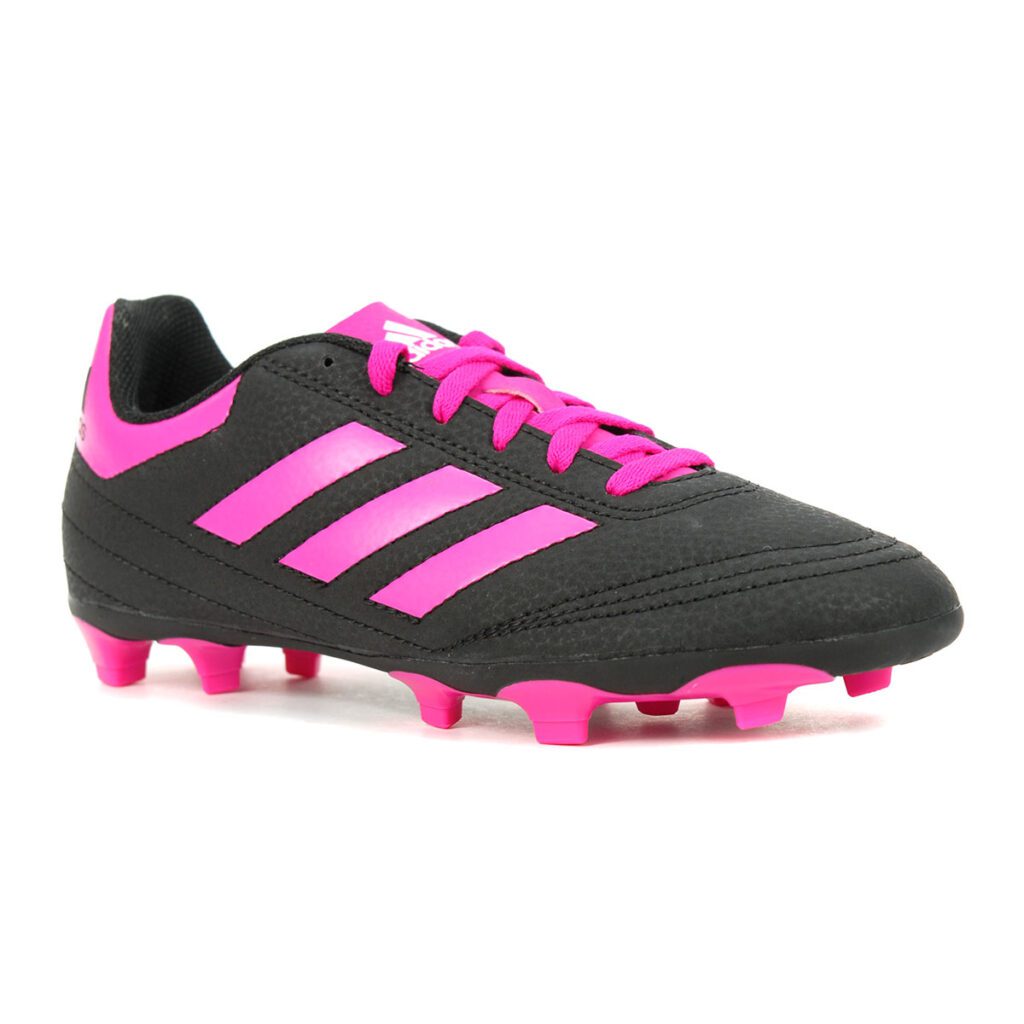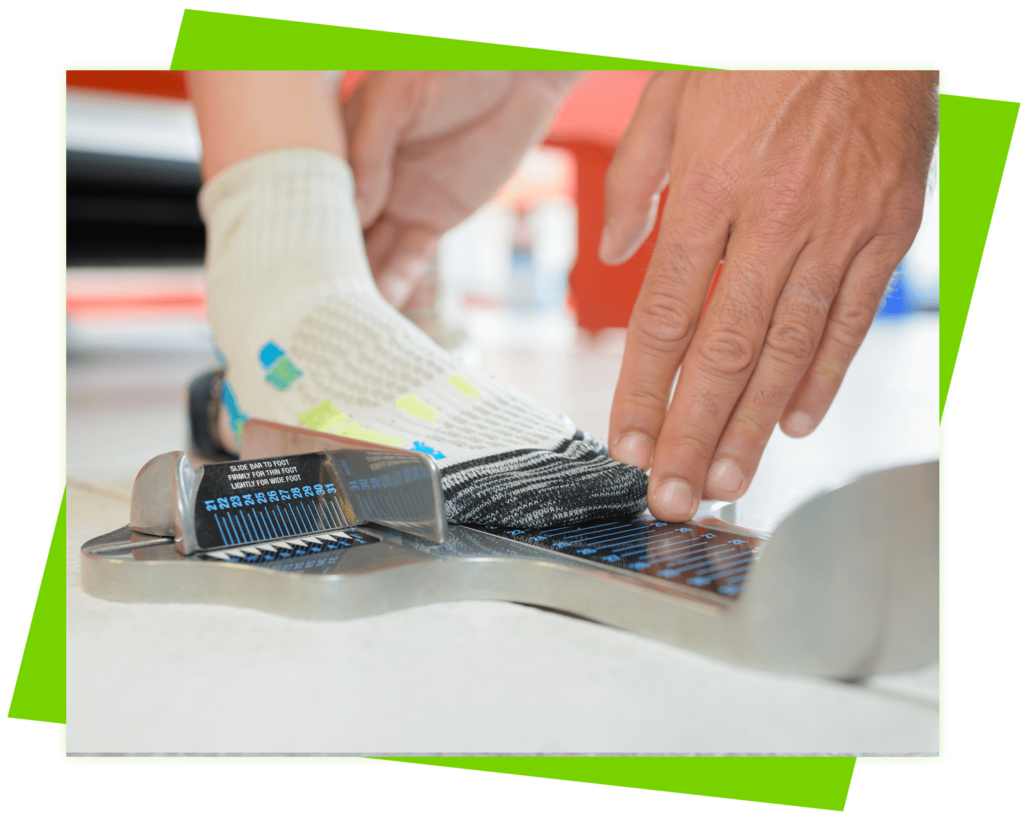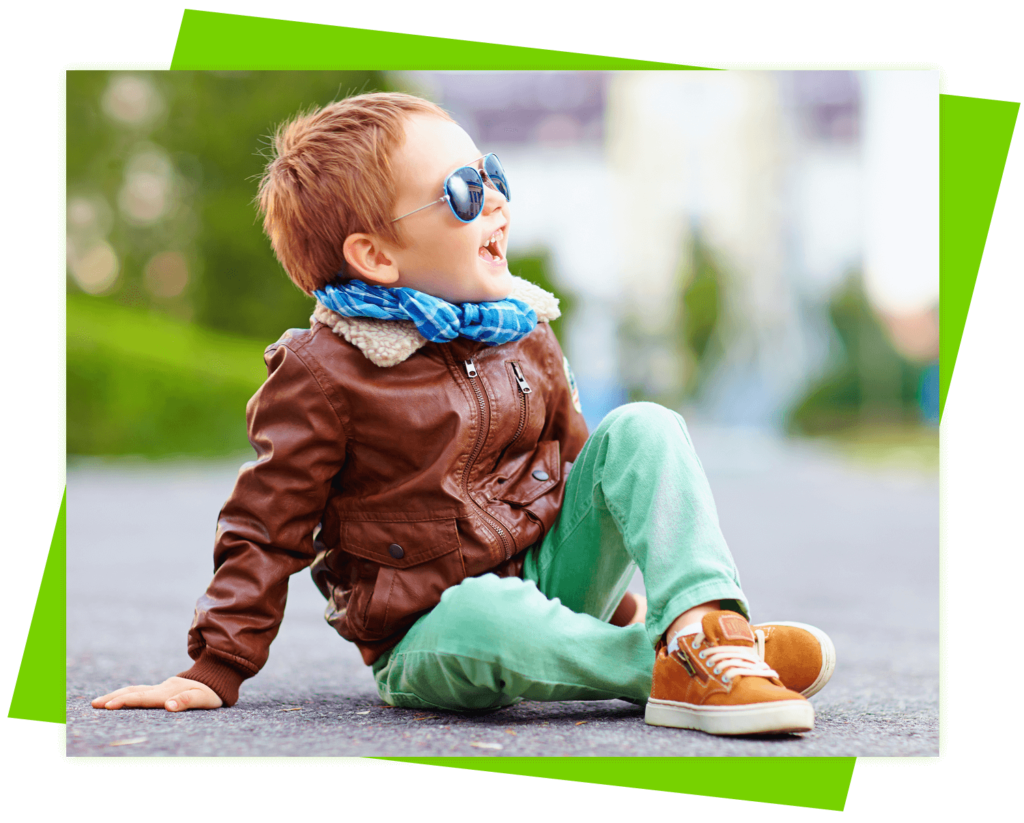Basketball & Tennis Shoes
Court sports call for supportive shoes. Whether your dribbling across the court or darting to hit with your tennis racket, a shoe that is created to support your foot throughout the game is key to performance.
For basketball, a shoe structured to support intense forward motion with good traction and a stiff upper is your best bet. These features will not only protect against injury but will help stabilize your ankles for jumps and swift switches in direction. The Ewing Athletics: 33 HI OG Patrick Ewing Basketball Shoes are a great retro option for shooting some hoops on court.
On the other hand, if you play tennis, a shoe that can weather frequent side-to-side motions is ideal. But depending on the court you play on, its important to pick a shoe with a tread heavy shoe for harder courts whereas a softer sole is better for soft courts. Ultimately choosing a tennis shoe with a supportive lateral will let you pivot easier. You can’t go wrong with Adidas Women’s Stycon Core Laceless Tennis Shoes as an option for your upcoming tennis match.
